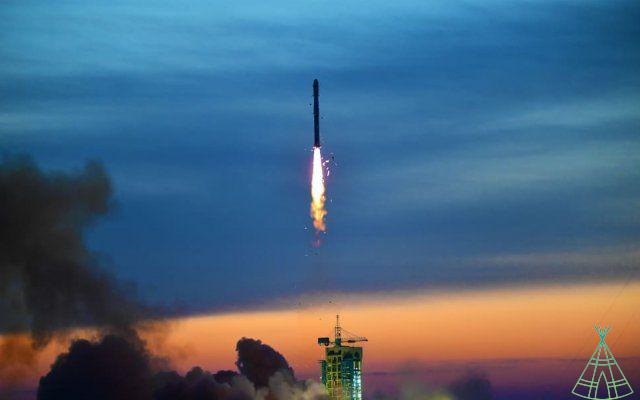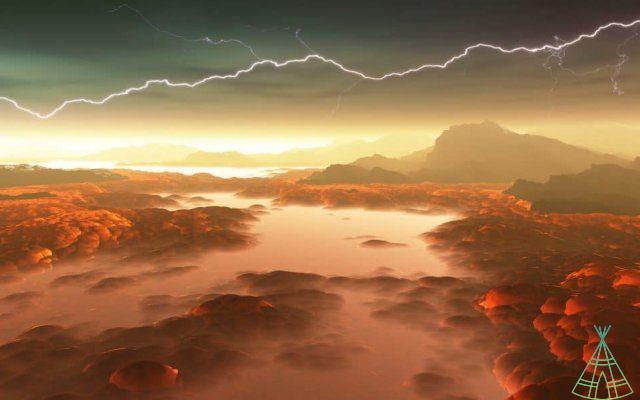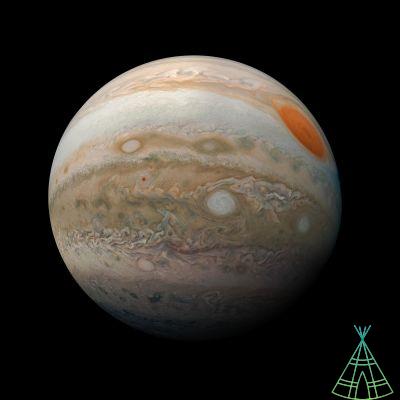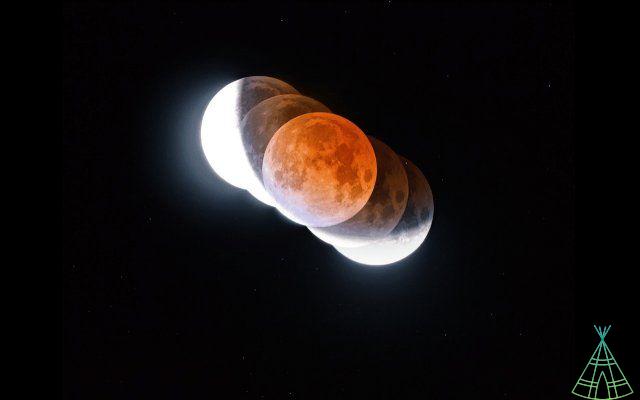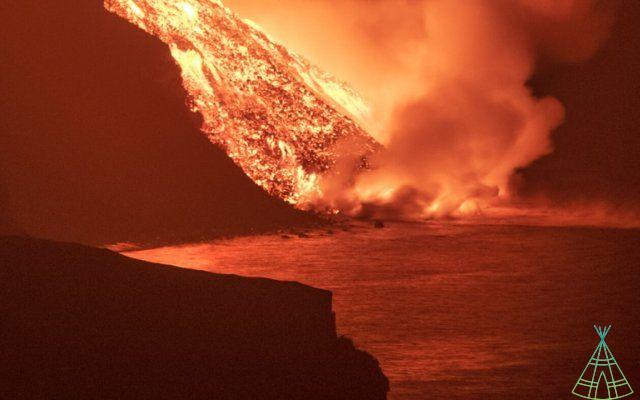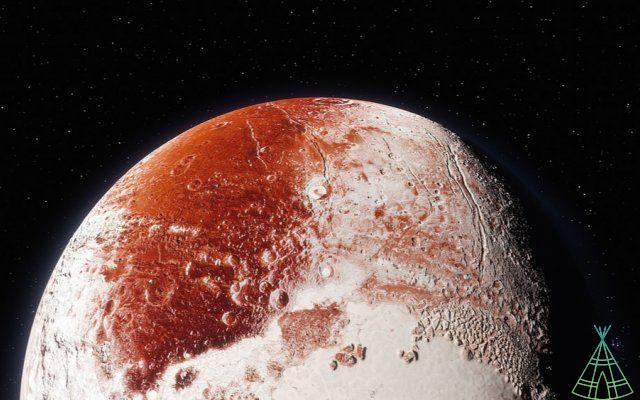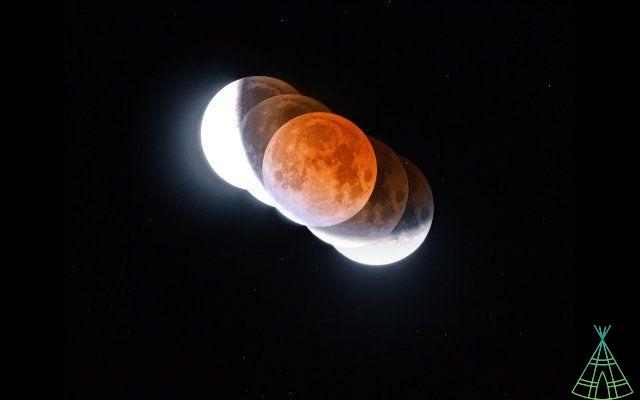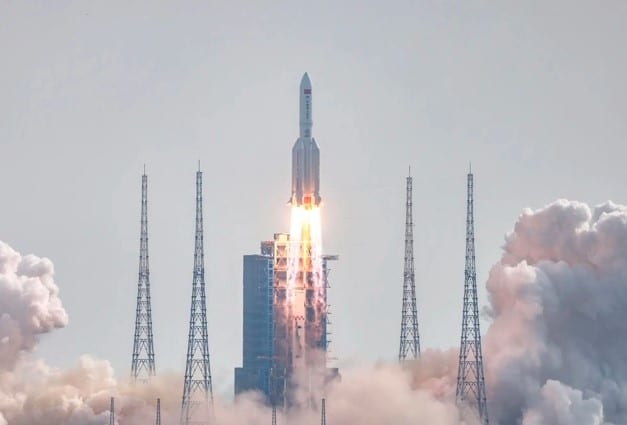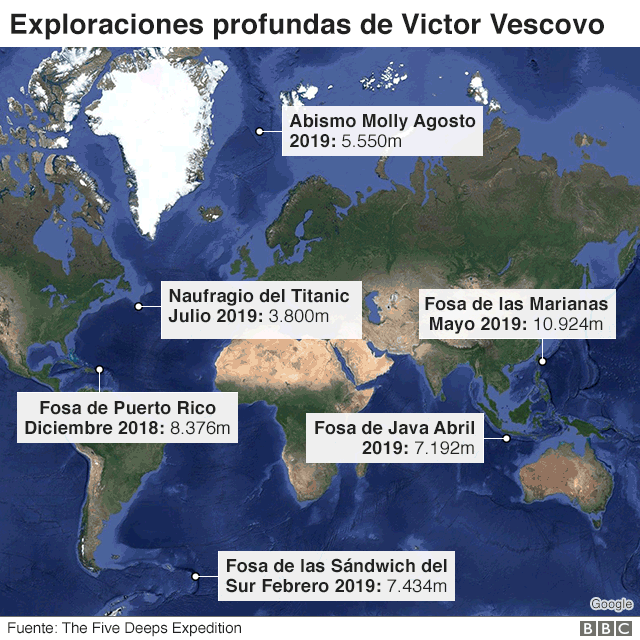Among the most fascinating components of this great mystery that is the universe are the nebulae. We often publish, here on Technology Refugee, news related to these regions of the cosmos. But what, in fact, are they?
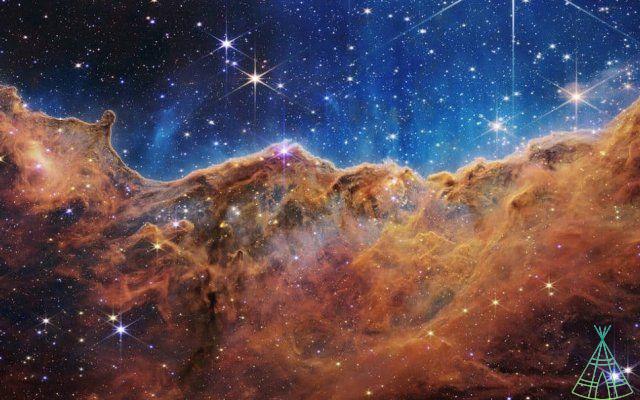
Basically, nebulae are large clouds scattered across interstellar space (the areas between stars). They are formed mainly of cosmic dust and gases, hydrogen (approximately 75%) and helium (approximately 25%). For many centuries, they were considered galaxies, until the evolution of studies in astronomy managed to categorize them separately.
What causes a nebula?
Some of them are born from the explosion of massive stars that are at the end of their life cycles. This explosion, called a supernova, ejects stellar matter in all directions, giving rise to one or more nebulae, which can have different shapes and sizes.
They can also arise from the simple agglutination of atoms caused by the action of gravity. Although they are "diluted" in space, hydrogen and helium atoms can eventually be attracted by the gravitational force.
Then, a nucleus formed by these particles, little by little, starts to reach temperatures and pressures high enough to cause fusions between atoms. These mergers, in turn, emit electromagnetic waves capable of exciting the surrounding gas mass, which starts to shoot electromagnetic radiation in visible wavelengths.
This process ends up forming new stars, hence the concept that nebulae are “stellar nurseries”.
Is it or isn't it really fascinating – and poetic – to think that nebulae can emerge from the death of a star and also be matrices of others? It's as if they could serve as both a tomb and a womb – something absolutely incredible.
What types of nebulae?
The appearance of nebulae is quite variable, depending on temperature, density and their distribution of matter. The main types are:
- emission nebulae;
- reflection nebulae;
- dark nebulae;
- planetary nebulae.
Next, we will explain each one in detail.
emission nebulae
Emission nebulae are large masses of gases excited by high temperatures. This type usually has a hot core that emits ultraviolet radiation, responsible for stirring up the colder portions of gas that, when cooled, radiate visible light. Because they are basically made of hydrogen, they have a reddish color typical of this gas. These are the most visible nebulae in the night sky.
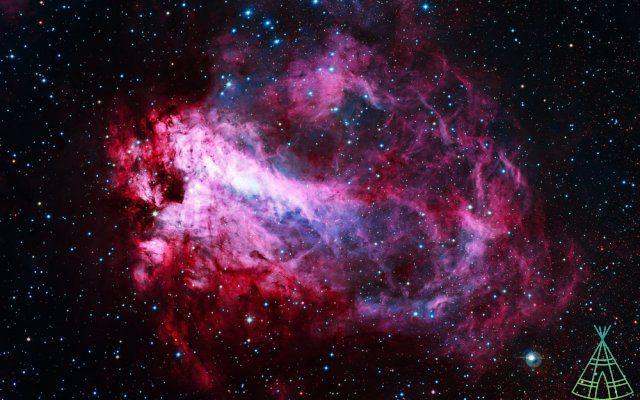
One example is the Omega Nebula (or Swan Nebula), which is almost 6 light-years away from Earth. an average diameter of 15 light-years, it is home to a cluster of 35 stars.
reflection nebulae
Unlike the type shown above, reflection (also called diffuse) nebulae don't emit significant amounts of visible light, but they are glowing because they reflect the brightness of nearby stars. It is one that they form in the vicinity of emission nebulae.
Most of the time, they have a bluish appearance, due to the dispersion of blue light, which is more easily reflected in cosmic dust due to its wavelength. The most intense reflection nebulae reflect the brightness of B-type stars, which, although quite luminous, are not as hot as O-type stars, capable of ionizing the cloud's hydrogen.
In them, it is possible to find traces of heavier elements, such as carbon and iron.
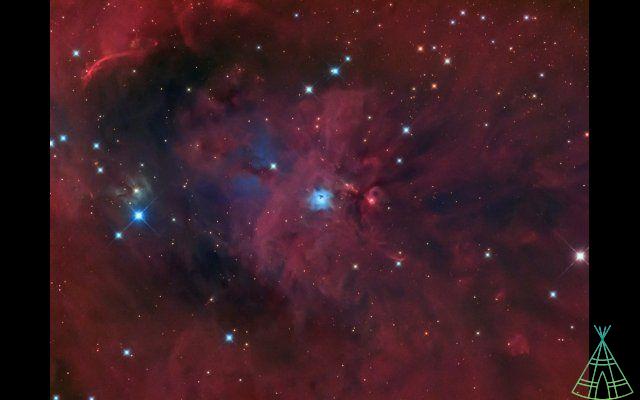
Located in the constellation of Orion, about 1,4 light years from Earth, NGC-1999 is considered a reflection nebula, which shines from the light of the variable star V380 Orionis, of 3,5 solar masses.
dark nebulae
Dark nebulae are opaque clouds that emit no visible radiation and are not illuminated by stars, but block light from luminous objects behind them. For this reason, they are very evident when they appear in front of those of emission or some region rich in stars.
Like emission and reflection nebulae, dark nebulae are sources of infrared emissions, mainly due to the presence of dust in their interior. They have temperatures that allow the formation of hydrogen molecules, giving rise to new stars. Night sky watchers see them as irregular dark shapes.
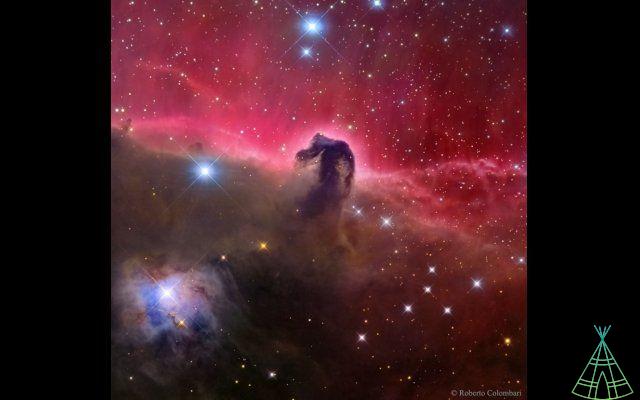
One of the most famous is the Horsehead Nebula, which is also part of the constellation Orion. Its name is related to its characteristic shape that resembles an equine.
Read more:
- 360-hour exposure photo reveals incredible detail of nebula discovered in the heart of Hydra
- Scientists confirm evidence of a new class of galactic nebulae
- Hubble catches a mysterious bubble in the middle of a nebula
planetary nebulae
Other nebulae fit the planetary type, which involves a low-mass star entering the final phase of its life. In this scenario, stars enter their red giant phase. These stars are not massive enough to produce supernovae, so at the end of their lives, they begin to fuse the element helium in their core, giving rise to carbon and oxygen atoms. When they shed enough material, their temperature rises, and the UV radiation emitted ionizes the surrounding material they ejected.
This type plays a fundamental role in galactic enrichment: its occurrence produces heavier atoms, essential for the formation of minerals and other molecules.
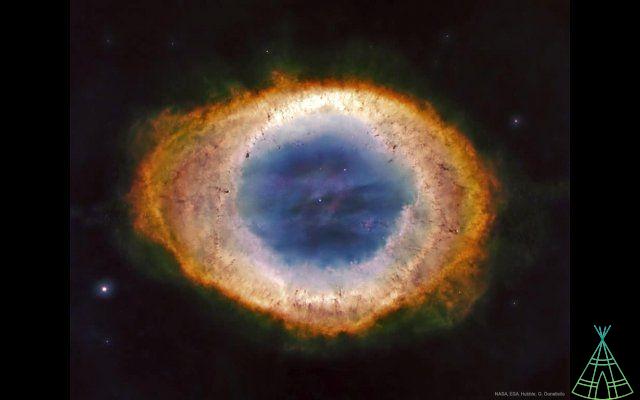
In this class is contained the subclass known as the protoplanetary nebula (PPN), which applies to astronomical objects that are experiencing a short-lived episode in the evolution of a star. This is the fast phase that occurs between the Late Asymptotic Giant Branch (LAGB) and the next phase of the Planetary Nebula (PN).
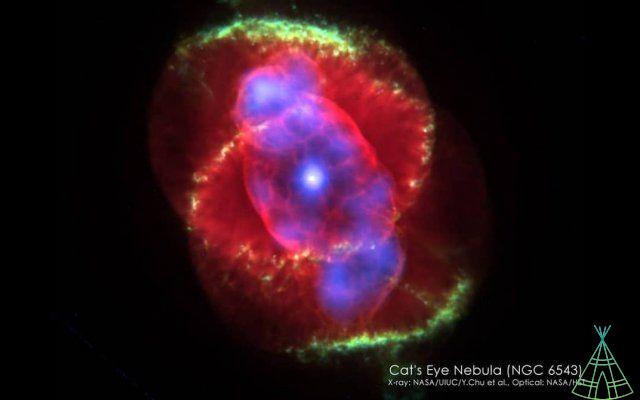
Examples of planetary nebulae are the Ring Nebula, located in the constellation of Lyra (XNUMX light years away from Earth), and the Cat's Eye Nebula, which is in the constellation of Draco (just over XNUMX light years away from Earth). light years from us).
Sources: Mundo Educação and Universe Today
Have watched the new videos on YouTube from Technology Refugee? Subscribe to the channel!









